Published
Do you sometimes get the feeling you’re being watched?
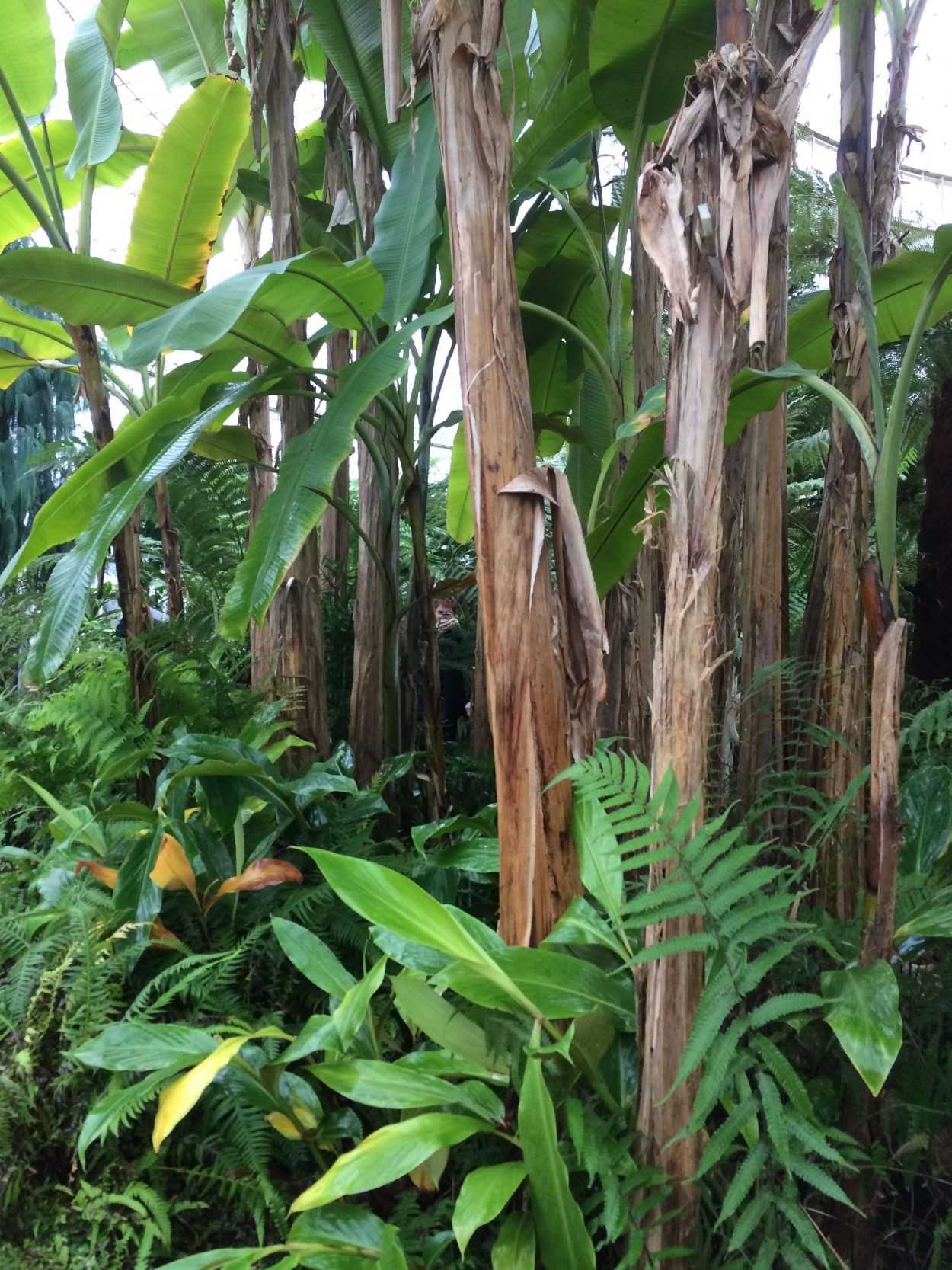
Highlights, the important stuff. Things that I’ve written or posted about and want to draw particular attention to. Might be a personal win, a terrible event, a beautiful moment. Allsorts. Follow via RSS.
Published

Published
The heater in the studio failed pretty spectacularly on Friday, damage TBD. Kind of scary that it was so hard to get out…
Published
The best & easy
Bake @ 375°F (190°C) 8 min
Cream:
Beat in:
Add:
Use 3 trays. Make a fat rope. Pinch off pieces on to trays. Flatten each 3x by dipping ⅓c measure into sugar in ½c measure. Cool cookies on newspaper.
The recipe above was written by hand in to a community cookbook she gave me in 2001. It retains her original wording and formatting, though I have added gram and Celsius conversions.
We miss you so much.
Published
I should like to say two things, one intellectual and one moral. The intellectual thing I should want to say to them is this.
When you are studying any matter or considering any philosophy, ask yourself only “what are the facts?” and “what is the truth that the facts bear out?”
Never let yourself be diverted either by what you wish to believe or by what you think would have beneficent social effects if it were believed. But look only, and solely, at what are the facts.
That is the intellectual thing that I should wish to say. The moral thing I should wish to say to them is very simple.
I should say love is wise, hatred is foolish.
In this world which is getting more and more closely interconnected, we have to learn to tolerate each other, we have to learn to put up with the fact that some people say things that we don’t like. We can only live together in that way. And if we are to live together and not die together, we must learn a kind of charity and a kind of tolerance which is absolutely vital to the continuation of human life on this planet.
Bertrand Russell’s response when asked what lessons from his life may be worth imparting to future generations. Russell was 86 years old when the interview aired.
Separate but related: “A Little History of Philosophy” by Nigel Warburton. Very digestible and enjoyable. Must be noted that the author omits a few big names and focuses entirely on Western philosophy. Fair enough, would probably be 300% longer otherwise.
Published
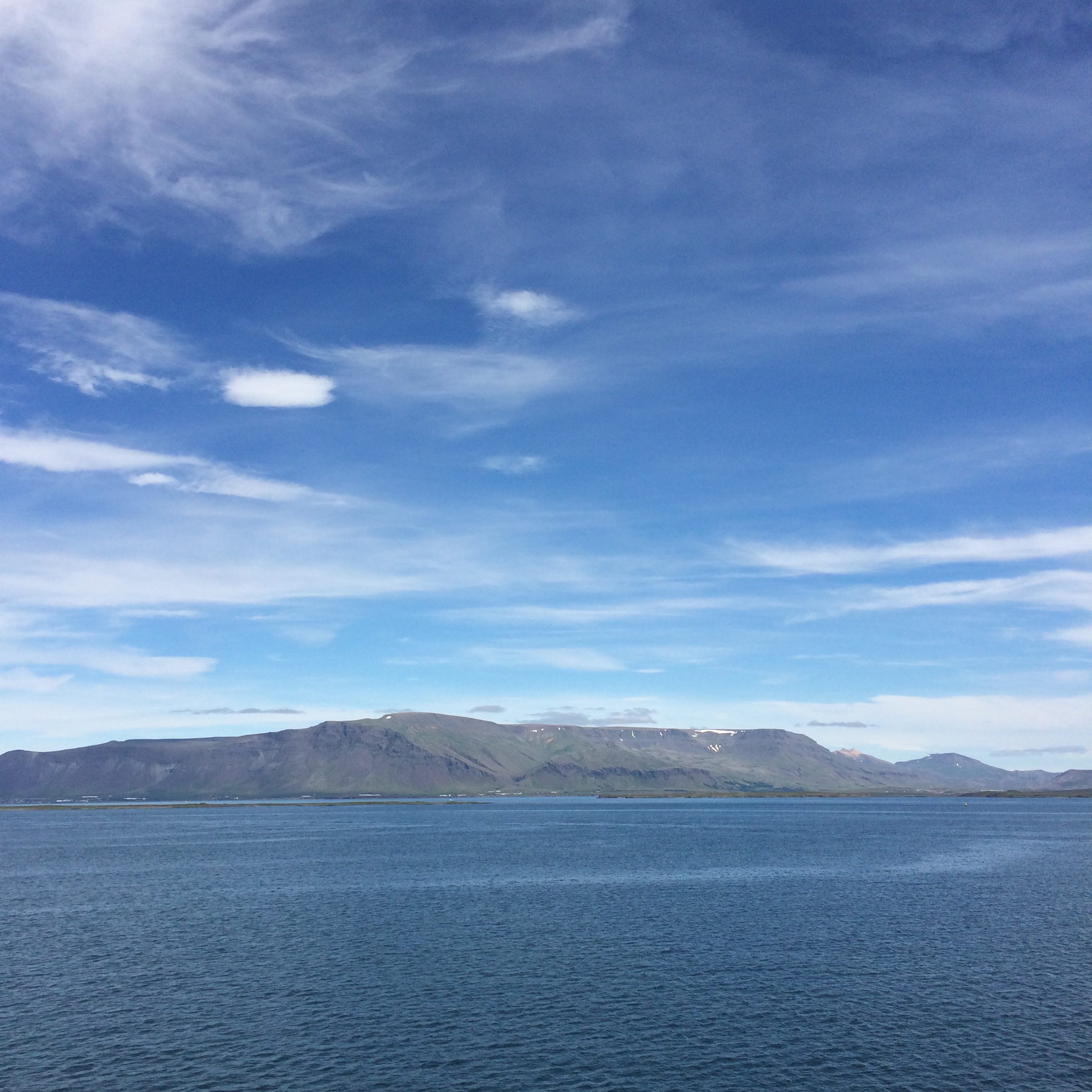
We visited Iceland for the first time at the beginning of August, spending the better part of a Saturday in Reykjavík before departing the capital for a week in southern Iceland. I really enjoyed the trip and made a lot of new food discoveries.
Published
Dökkt rúgbrauð is a mildly sweet dark rye bread from Iceland. Traditionally, it is baked in the ground using geothermal heat. To mimic this cooking method at home, the bread is cooked at a low temperature for an unusually long time, around 8 hours.
Published

Screenshot of Tove Jansson swimming from the BBC documentary “Moominland Tales: The Life of Tove Jansson”, around 1:20 mark. View the trailer here.
Until I watched the BBC documentary “Moominland Tales: The Life of Tove Jansson”, I had never really known about the artist and author Tove Jansson nor the context for her work. I’m so glad to have come across the film. She was an impressive and talented woman that lived through some devastating times. The documentary is enhanced by quite a bit of original footage, images, and quotes from her journals and other writings. It also includes interviews of her friends and family. My only criticism would be that the tilt-shift effect on some of the shots of contemporary Helsinki and the Finnish countryside felt a little heavy-handed.
The scene above was likely filmed by Tove Jansson’s partner and great love Tuulikki Pietilä, a Finnish graphic artist. Her nickname was Tooti. For nearly 30 summers, Tove and Tooti lived and worked in a cottage that they built together on a little remote island called Klovharu. It sounds like they were quite the independent adventurers, and their time on the island seemed idyllic. This moment was rather heart-wrenching.
Last summer something unforgivable happened: I started to fear the sea. The giant waves no longer signified adventure but fear. Fear and worry, for the boat and all the other boats that were sailing around in bad weather. We knew it was time to give the cottage away.
Once they had left, they never wanted to come back. They didn’t even want to talk about it. It was the end, and that was it.
A side note: Sophia Jansson’s comment reminded me of a moment in a recent episode of NPR’s Wait Wait Don’t Tell Me when Peter Sagal asked Norman Lear if he had any tips “for those of us who would like to arrive at 93 as spry and as successful and happy as you are”.
What occurred to me first is two simple words, maybe as simple as any two words in the English language – over and next. We don’t pay enough attention to them. When something is over, it is over, and we are on to next.
I’m looking forward to discovering Tove Jansson’s work. I’ll probably start with the original two Moomins books, then move to The Summer Book and A Winter Book.
Published
Another plant-related fact I learned from Techentin’s essay in “Edges of the Experiment” (see previous): saguaros are frequently chipped by park rangers to deter plant poaching.
Saguaros only grow in the Sonoran desert, the bulk of which lies in the southwest corner of Arizona and in Mexico. Arizona State Route 88 is near the northeastern edge of the Sonoran desert, so saguaros feature in much of the landscape alongside the road. The AZ SR88 runs from Roosevelt Dam along the Salt River to Apache Junction. It is mainly unpaved between the dam and Tortilla Flat. I had the pleasure of driving this road with my grandparents on my mom’s side a little while back.
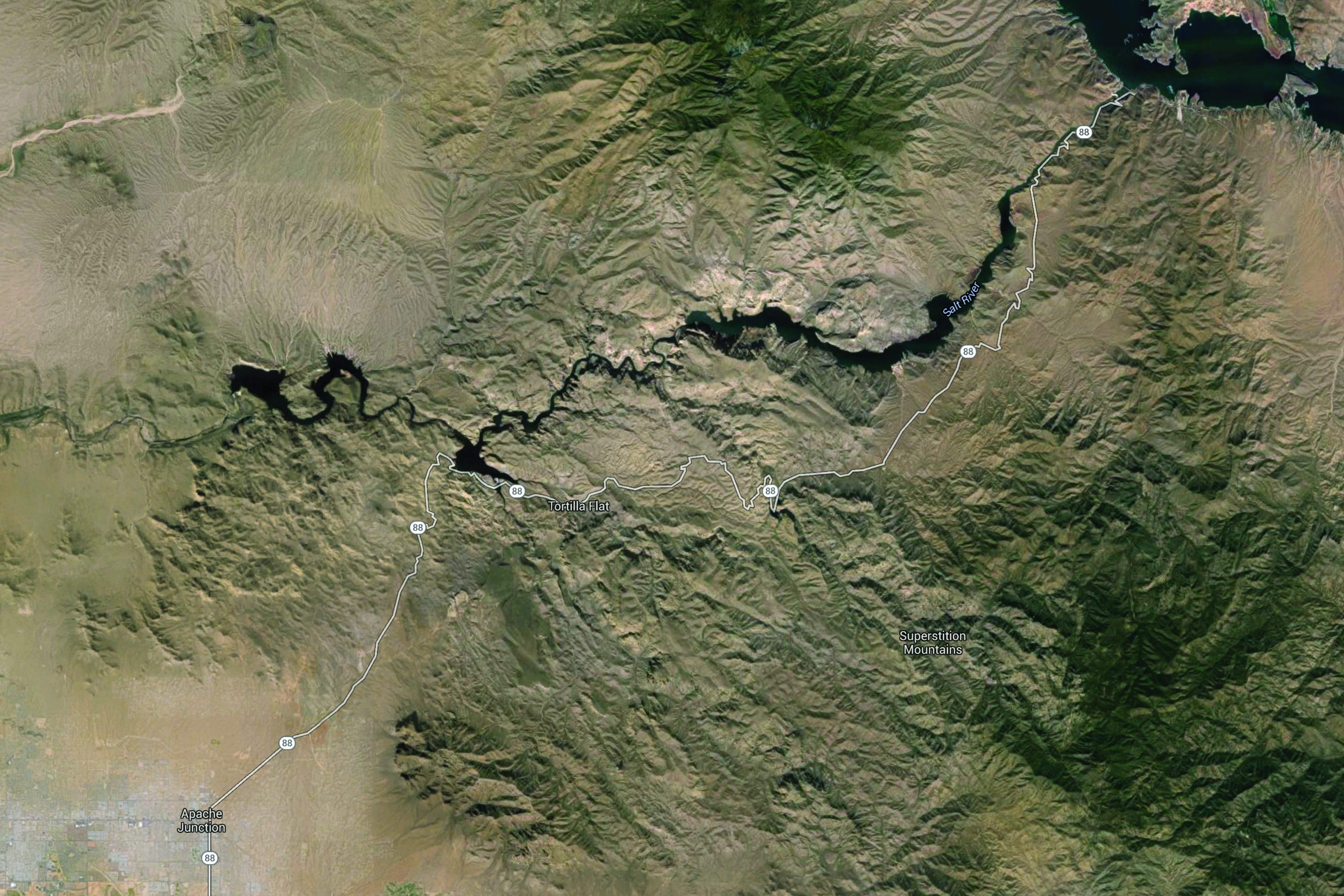
Satellite view of Arizona SR 88. Imagery and map data © 2016 Google.
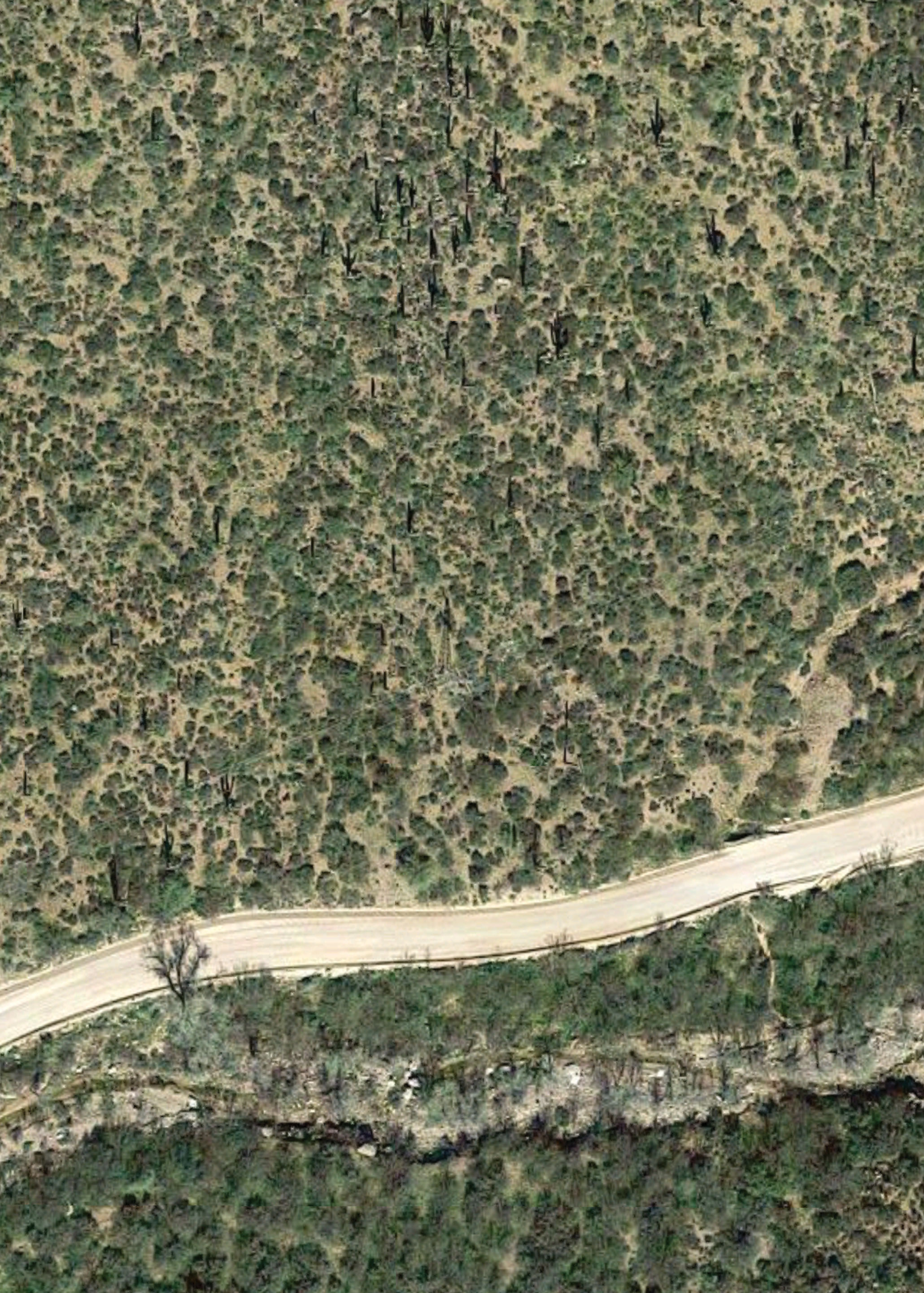
Satellite view of a particularly saguaro-laden hill just east of Fish Creek grade along Arizona SR 88. Imagery © 2016 Google.
One notably narrow section of the road is about halfway through the unpaved portion of AZ SR88. A steep grade culminates in a sharp blind turn that wraps around Fish Creek Hill, with a sandy wall on one side and a steep dropoff on the other.
For the most part, the narrowness of the road isn’t a problem. Drivers don’t use it to get anywhere quickly, so it’s a lonely route.
Most of the traffic flows east with good reason. If you drive west on this route late in the day, you end up driving straight in to the sun. You also end up driving on the outer edge of the sharp turn mentioned above, and it’s a little nerve wracking looking down the long drop just beyond the low barrier.
That said, the westbound trip on AZ SR88 has a pretty spectacular finale. If you time it properly you’re rewarded with a desert sunset over the Superstition Mountains near Canyon Lake before descending in to Apache Junction.
Published

Recently had the pleasure of participating in “On repetition: Musarc folk meet on a midsummer day until dusk II”. The evening culminated in a performance of Tape Music: Score for Musarc (2015) by Lin Chiwei.
Published
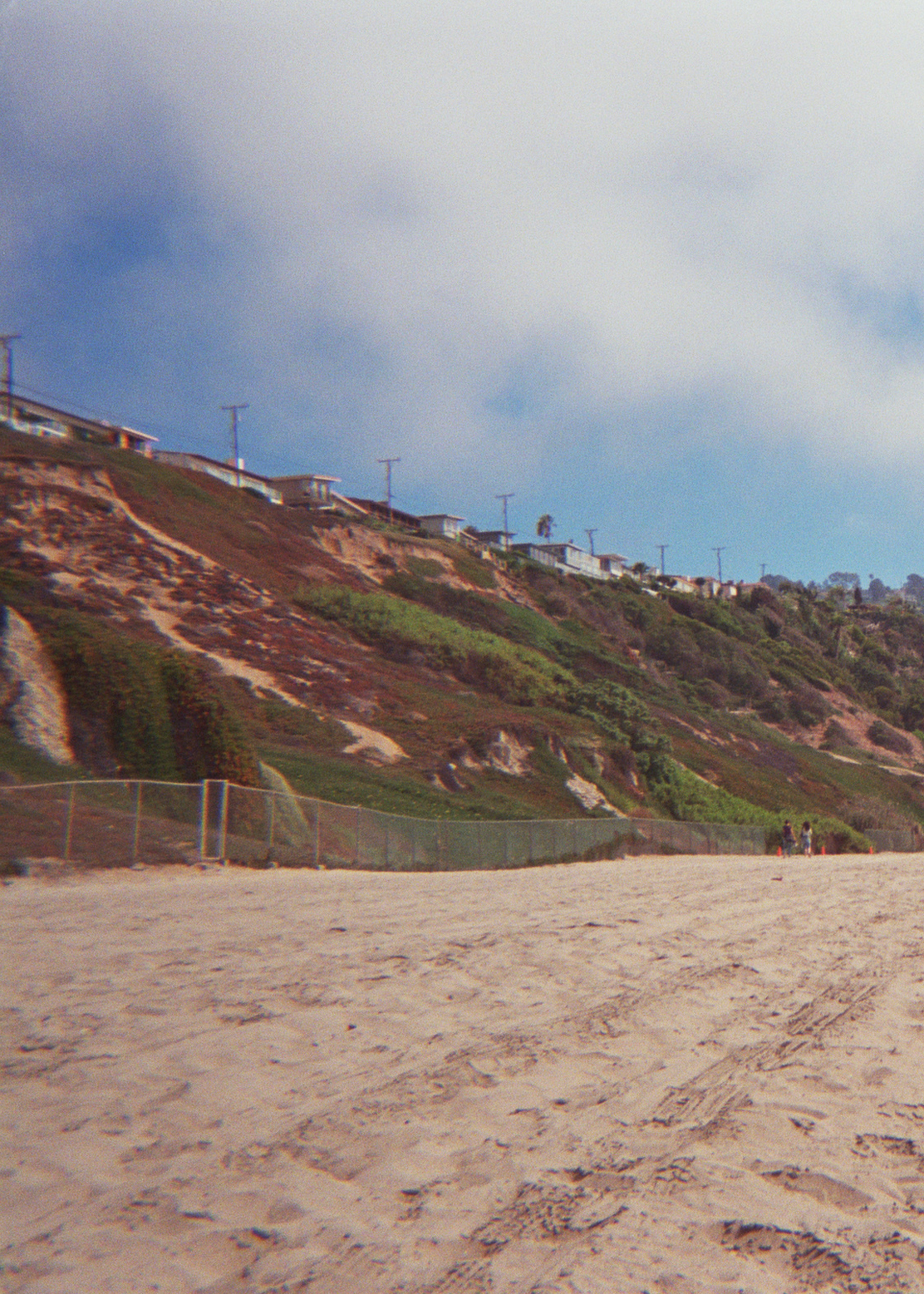
RAT Beach in 2009. RAT = Right After Torrance
When I was very young, I developed a sustained, irrational fear of the palm tree that stood near the southwest corner of Deelane Street and Anza Avenue in Torrance, CA.
This fear is one of my earliest memories. The palm was cartoonish and stereotypical. It was spindly and swayed even on very still days. I lost my four-year-old mind every time we passed it on foot, convinced that it would fall over and pile drive me in to the ground.
The palm tree no longer exists. It was probably removed just after we moved away in 1993.

Satellite view of the corner of Deelane Street and Anza Avenue in Torrance, CA. Left image was captured in 1980, right image was captured in 1994. Source for both images is USGS via historicalaerials.com
I picked up “Edges of the Experiment – The Making of the American Landscape” from the Fw:Books table at Offprint a couple of weekends ago. It is a two-volume publication designed and edited by Hans Gremmen focusing on the landscape of the American West. The first volume features photographs by Marie-José Jongerius and is punctuated with essays. The second is more text-based and includes a curated selection of media; historical photographs, anecdotes, facsimiles, essays, etc. The photos by Jongerius are what originally drew me to the publication. They are incredibly true to the place.
Last weekend I started reading volume two, including an essay titled “The infrastructure of trees in Los Angeles” by architect Warren Techentin. I learned that the palm tree is a disappearing southern Californian icon:
Considering that the average lifespan of a palm tree is 70 to 100 years, and that most of the palms visible now were planted to beautify the city for the 1932 Olympics, the bulk of Los Angeles’s palm trees will disappear within a decade or two.
The city isn’t replacing most palms that are removed. Apparently they were never a great ecological or economical choice.
So my childhood nemesis was likely removed due to old age. It’s kind of sad. I haven’t found any photos of that particular palm tree.
I can’t emphasise enough how much I have enjoyed “Edges of the Experiment”. One particularly lovely spread includes the first page of Techentin’s essay alongside one of Hans Gremmen’s graphics illustrating water usage in California. Water is touched upon in many if not most of the texts in “Edges of the Experiment”, and its presence (or lack thereof) is notable in many of Jongerius’s photos.